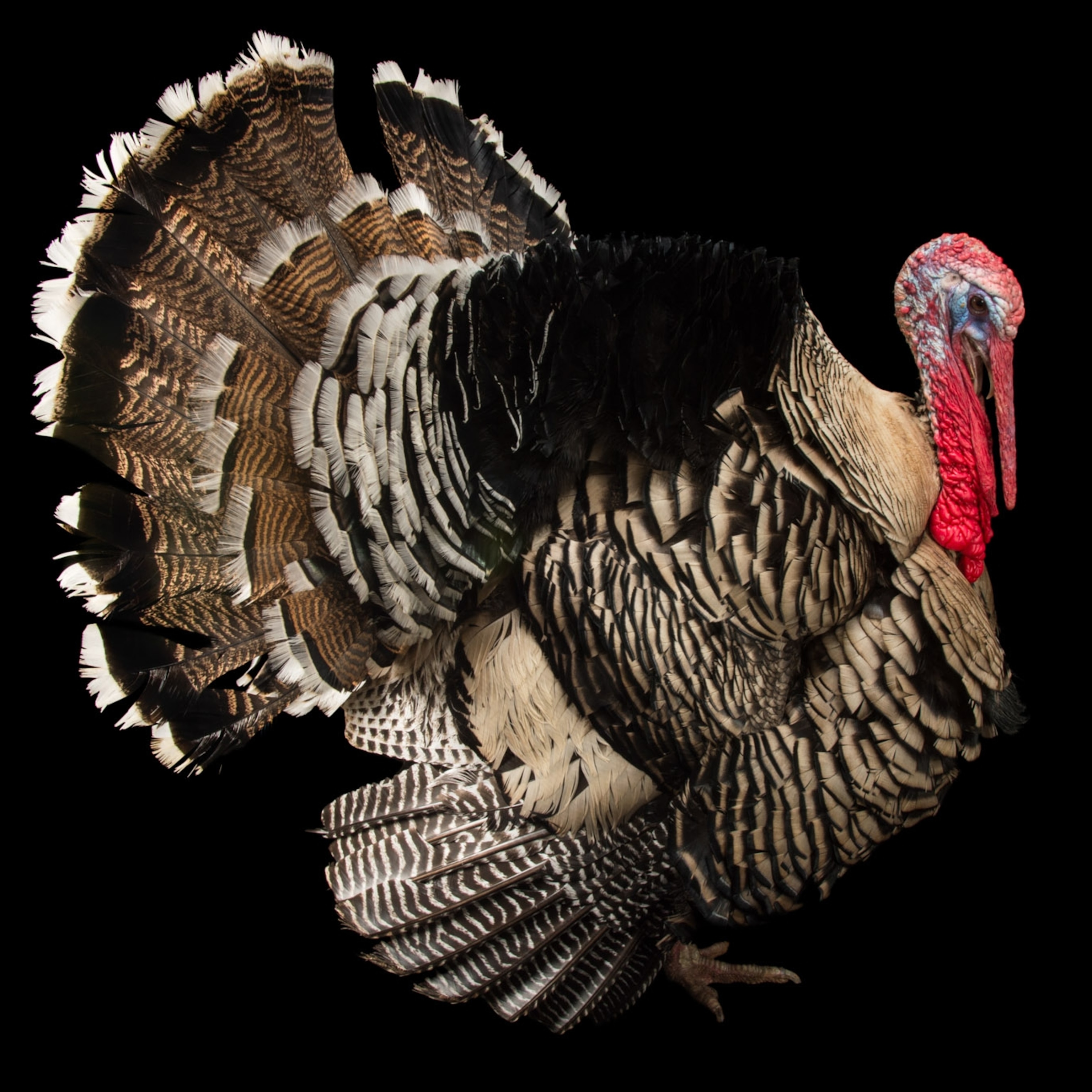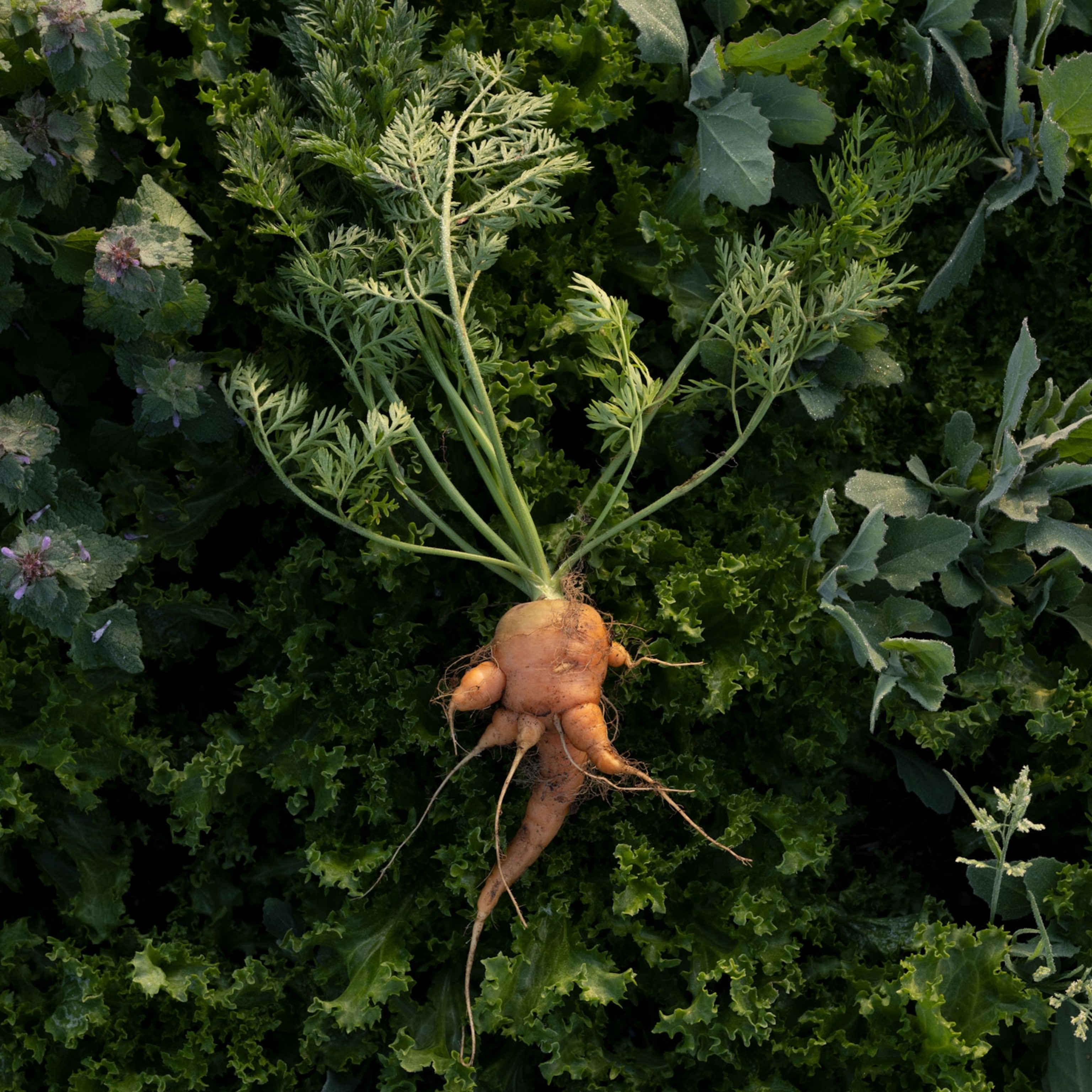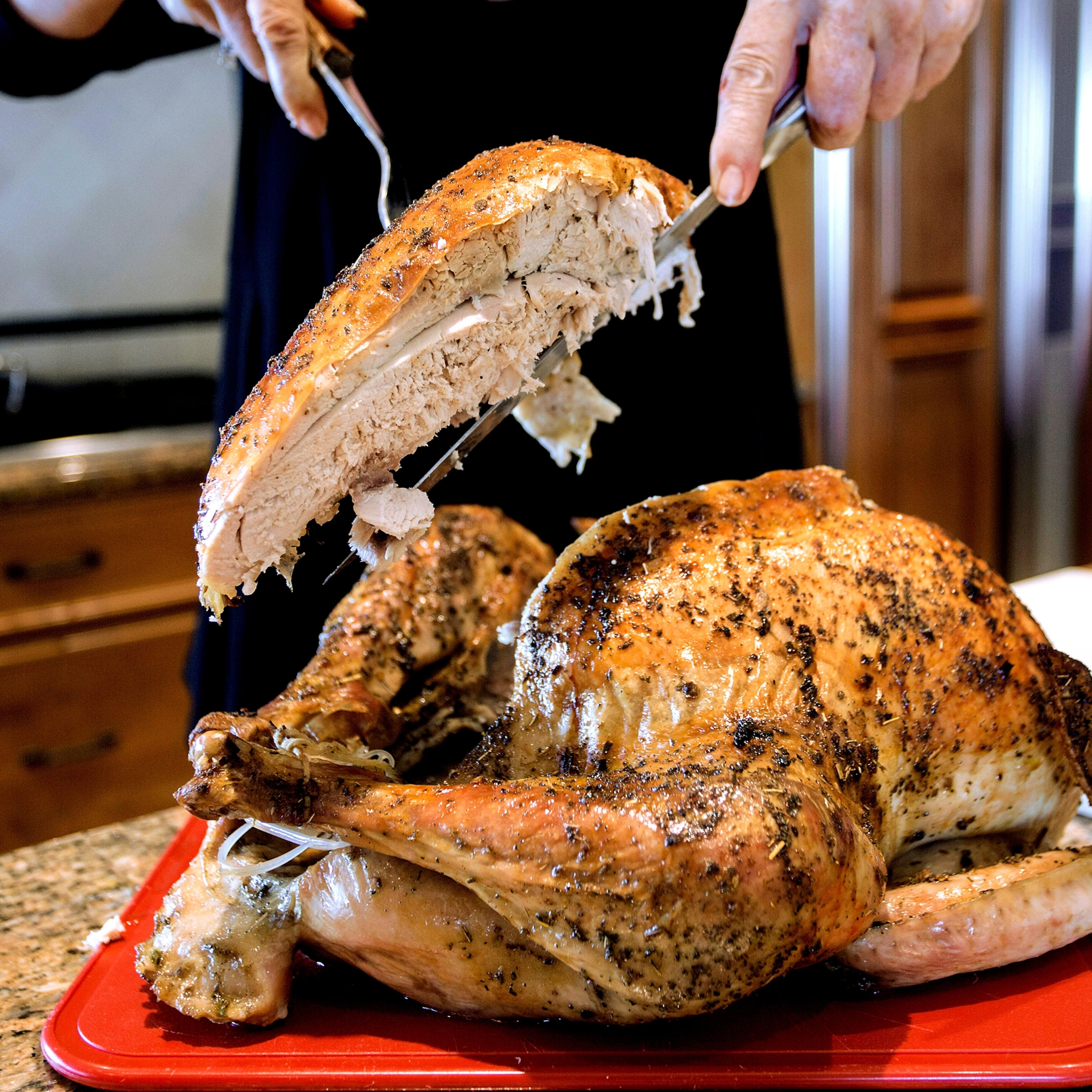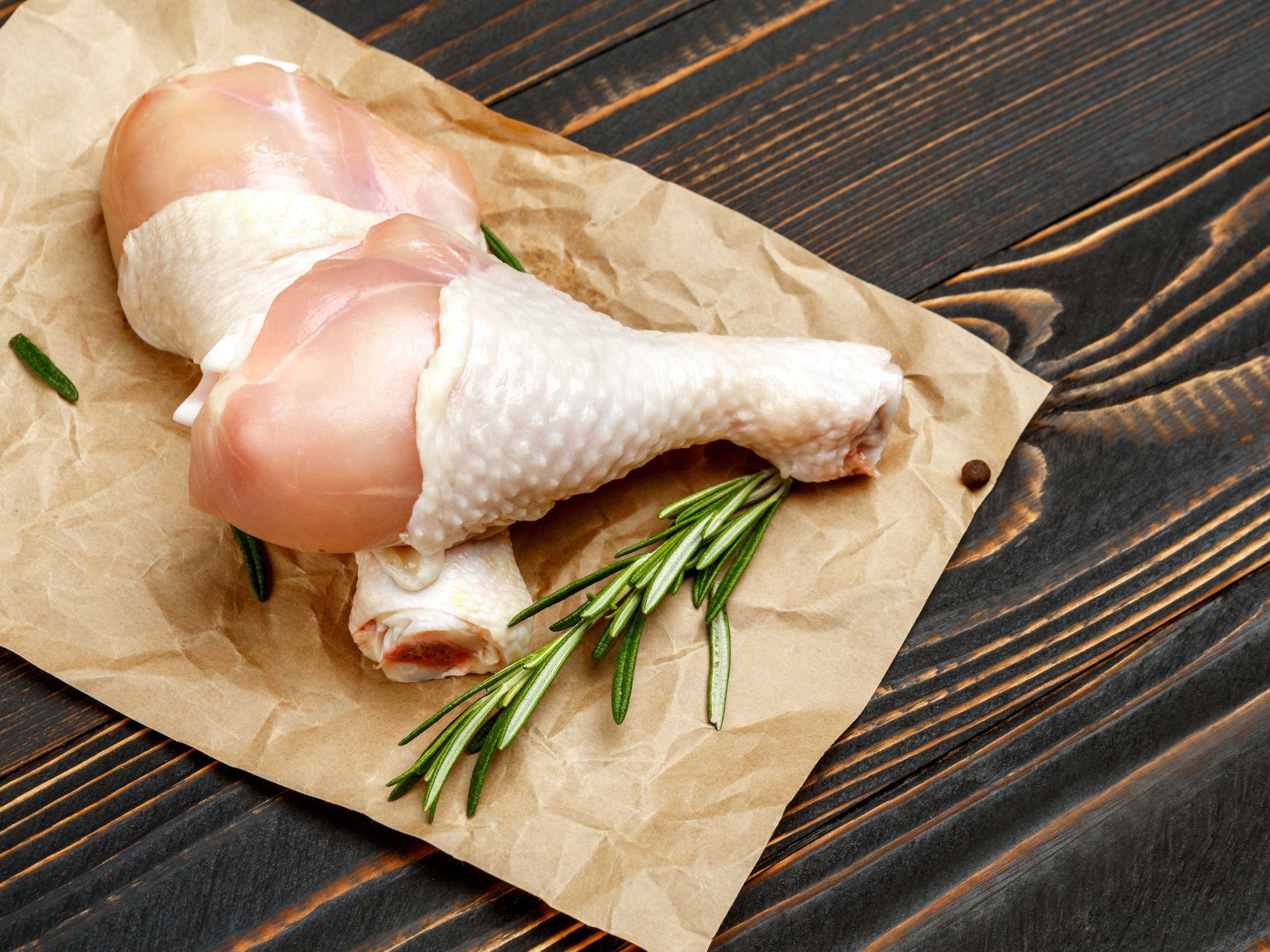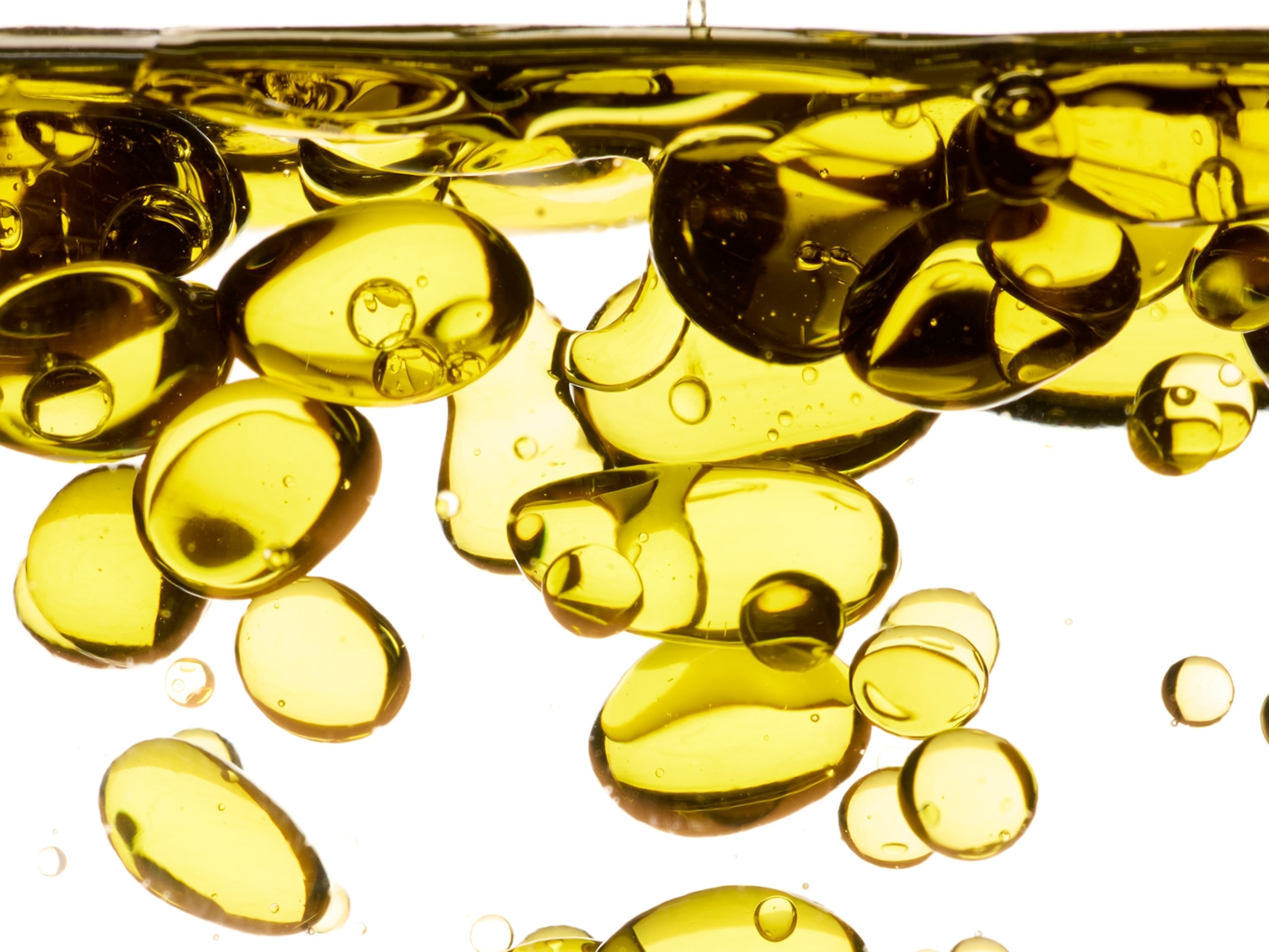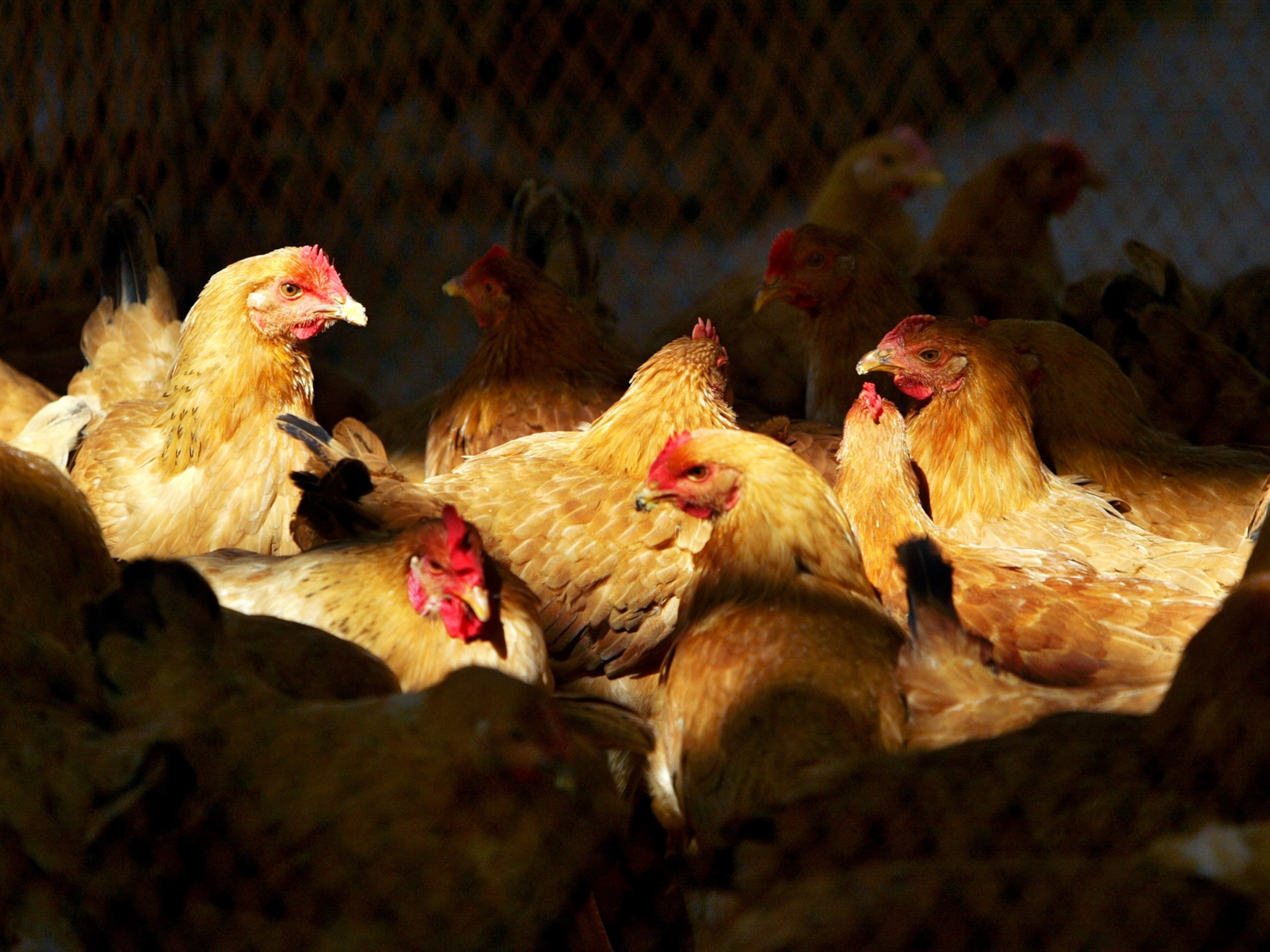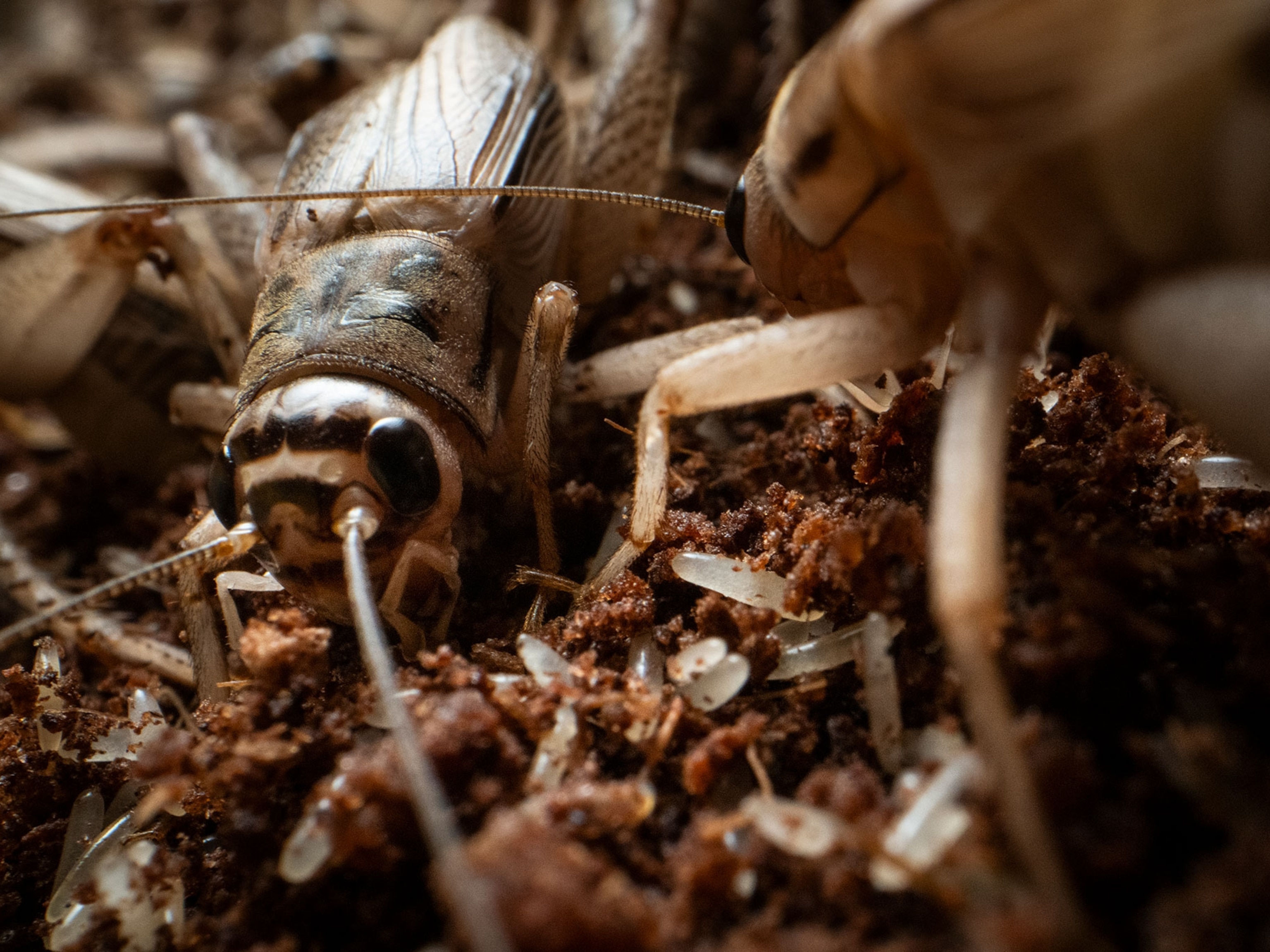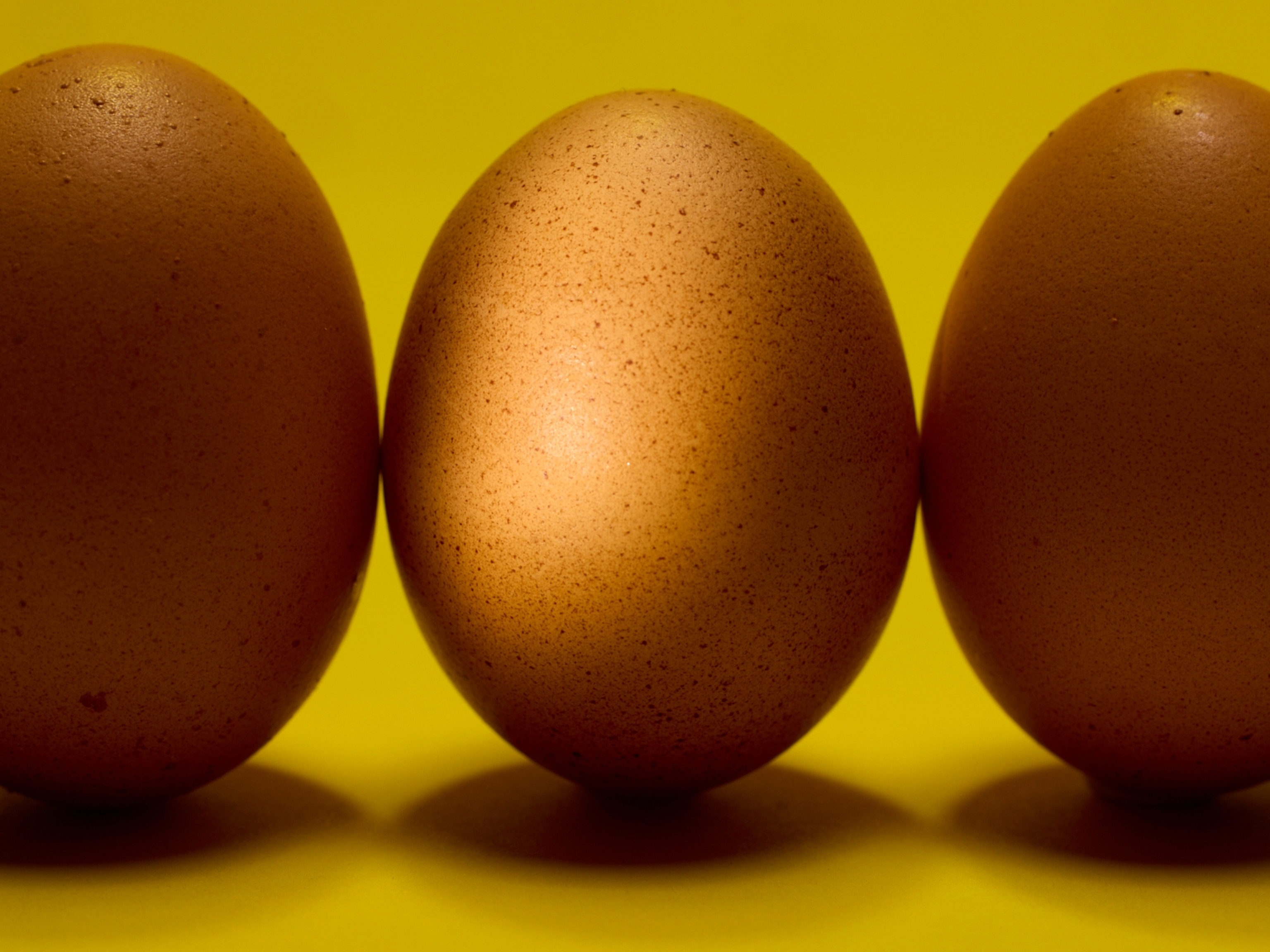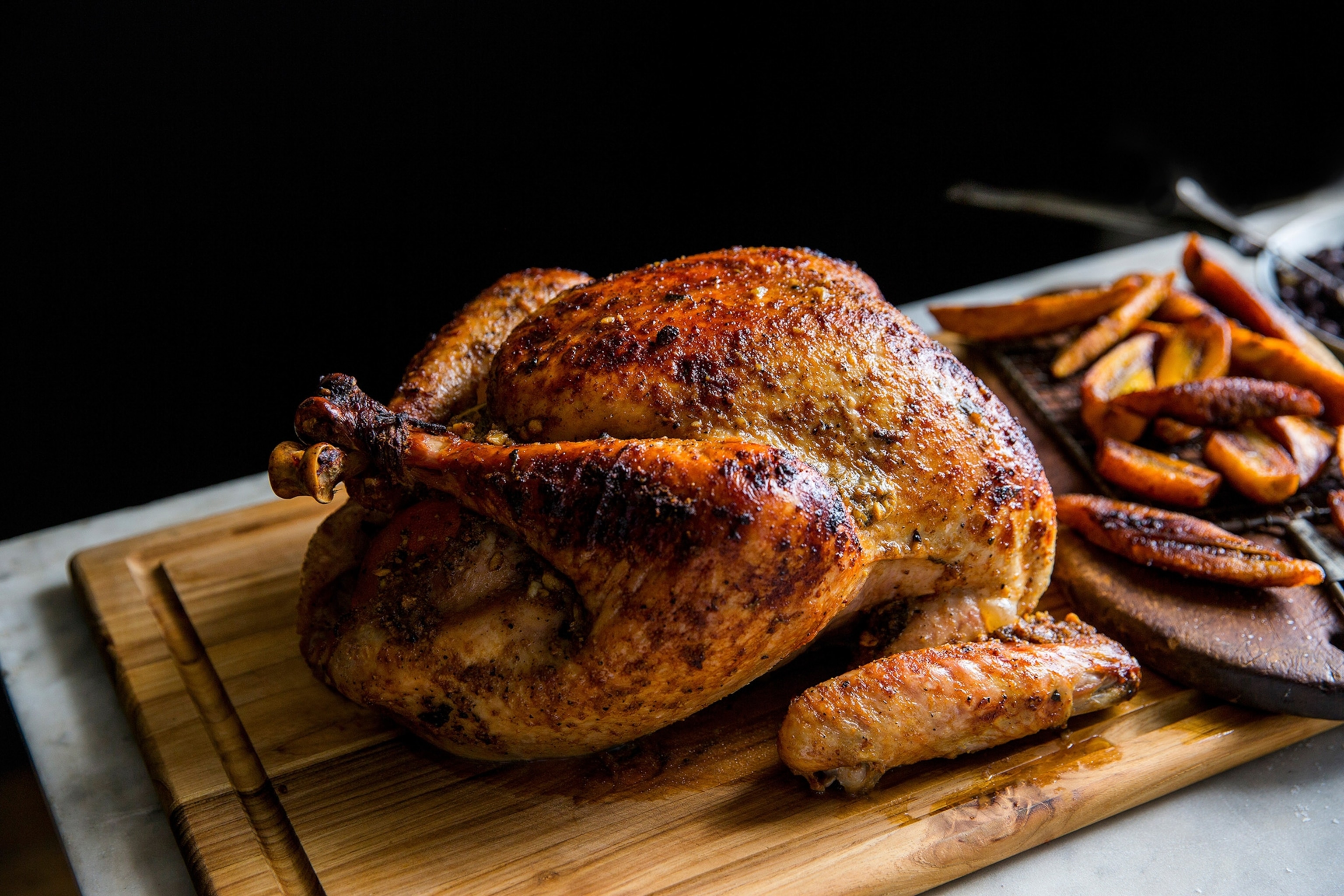
Native American Cuisine Returns to Its Roots
Indigenous chefs are reaching back past fry bread for the healthful, sustainable meals of their ancestors.
Other than the five dead deer the Wampanoags donated for the first Thanksgiving feast, chances are that the average American can’t name much—if anything—in the way of Native American cuisine. We’re fluent in food from Szechuan Chinese to Mexican, Middle Eastern, Italian, and Thai, but closest to home, most of us draw a blank. Out of America’s 600,000+ restaurants, a mere handful are Native American. Why is indigenous cooking so invisible?
One reason, according to the latest generation of Native American chefs, is that indigenous cuisine is so diverse that it’s difficult to define. There’s no typical Native-American-associated dish, in the simplistic sense that we pair spaghetti with Italy, tamales with Mexico, and over-boiled beef with the Brits. Instead, each tribe—of which there are now 566 recognized in the United States—has its own distinct culinary tradition, driven by distinctive locally available resources. “If you lived in the Pacific Northwest, you’d know the six types of salmon and how to harvest them, but if you were a Navajo on the Midwestern plains, you never would have seen one,” says Lois Ellen Frank, a Native American chef with a Ph.D. in culinary anthropology. In other words, rather than one over-arching Native American cuisine, we’ve got 566. And counting.
Perhaps the closest there is to an across-the-board Native American food is fry bread, about which modern Native cooks are of distinctly two minds. Fry bread, a barebones dish of dough fried in oil or lard, was invented by desperate mothers in the 19th century in the wake of the Long Walk, a tragic 300-mile trek in which Indians from Arizona were forcibly relocated to New Mexico. There, unable to grow their traditional crops, they subsisted on rations distributed by the U.S. military: canned goods, sugar, flour, and lard. Fry bread packs a caloric punch. A pancake-sized serving contains 700 calories and 25 grams of fat. Nutritionists hold the ubiquitous fry bread at least partly to blame for the present-day epidemics of obesity and diabetes among Native American populations.

Not everybody, however, is down on fry bread. Sherman Alexie, author of The Absolutely True Diary of a Part-time Indian, who grew up on the Spokane Indian Reservation, sees fry bread as a symbol of native perseverance and survival in the face of adversity. The Indian tacos served at Matt Chandra and Ben Jacobs’s restaurant Tocabe near Denver are based on Jacobs’s Osage grandma’s fry bread recipe; and Chandra and Jacobs, who also serve such goodies as bison ribs, osage hominy salsa, and a berry sauce called wojapi, see themselves as educating the public about an otherwise little-known cuisine.
Others, however, won’t touch fry bread with a ten-foot pole. For many, it still smacks of genocide and cultural devastation. Western Apache chef Nephi Craig calls fry bread “a taste of colonialism and oppression,” and Loretta Barrett Oden of the Potawotami tribe—winner of an Emmy Award for her PBS Native American cooking show Seasoned with Spirit —throws down the gauntlet: “I am the biggest opponent of fry bread you’ll find.”
The major trend in Native American cookery these days is to reach back beyond fry bread, to culinary roots in the pre-colonial past. This isn’t easy. Since indigenous cooking traditions were passed down orally and anchored in home territories, many were lost in the cultural upheavals that accompanied resettlement of tribes from their traditional homelands to government reservations. To recreate the culinary past, chefs today cite the need for historical research, a hands-on familiarity with local plants, and a healthy dollop of imagination. “There’s no Joy of Native American Cooking cookbook,” says Oglala Lakota chef Sean Sherman.
Sherman, popularly known as the Sioux Chef, grew up on the Pine Ridge Reservation in South Dakota and today, along with business partner Dana Thompson, operates the Tatanka Truck in Minneapolis. The food truck specializes in the original foods of the northern Great Plains. Sherman serves wild rice topped with cedar-braised bison, maple-roasted veggies, wild greens, and cranberry sauce, and an “indigenous taco”—a cake made from heirloom corn, seasoned with juniper ash and fried in sunflower oil, topped with heirloom beans, smoked turkey, and fried sage, and sprinkled with toasted pumpkin or squash seeds.
The Native American emphasis on local foods and foraging resonates with new movements favoring healthy eating. Navajo chef Walter Whitewater explains that not only can traditional foodstuffs be used to create gourmet meals, but they’re good for us and for the environment. He hopes not only to educate the general public about Native cuisine, but to encourage American Indians themselves to adopt the diets of their ancestors: unprocessed, organic, local, sustainable, high-protein and low-carb meals that, frankly, all Americans would be better off eating. (See also Death, Taxes, and the Fight Against Junk Food.)
There’s no Joy of Native American Cooking cookbook.Oglala Lakota chef Sean Sherman
While Native American cuisine may seem to have all but disappeared, food historian Elisabeth Rozin, author of Blue Corn and Chocolate, argues that it’s not as unfamiliar as many of us may think. “All of American cuisine is fusion cuisine,” says Rozin. Corn bread, corn fritters, grits, succotash, Brunswick stew, chili, and Boston baked beans—just to name a few—all grew out of Native American food traditions.
The Mitsitam Café at Washington, D.C.’s National Museum of the American Indian, does its best to represent the wide range Native culinary diversity. Mitsitam means “Let’s eat!” in the language of the Delaware and Piscataway. The café hosts five geographically-themed stations, which feature typical foods of the Northern Woodlands, Great Plains, Northwest Coast, and South and Mesoamerica. At this time of year, the Mitsitam also offers a complete holiday take-out meal, featuring turkey with sweet red chiles, cedar-smoked West Coast salmon, or sumac-crusted bison tenderloin, wild rice cakes, blue corn bread, heritage bean salad, and pumpkin pie.
For the rest of us, our annual Thanksgiving dinners—a celebration of a 17th-century feast in which American Indians and Europeans came together—inevitably recall that brief bond in food. Corn and squash, beans and potatoes, turkey, wild rice, cranberry sauce, and pumpkin pie are all culinary remembrances of the people who were here first and who now constitute just two percent of the American population.
So let’s think about that this Thanksgiving.
We owe this feast to them.

